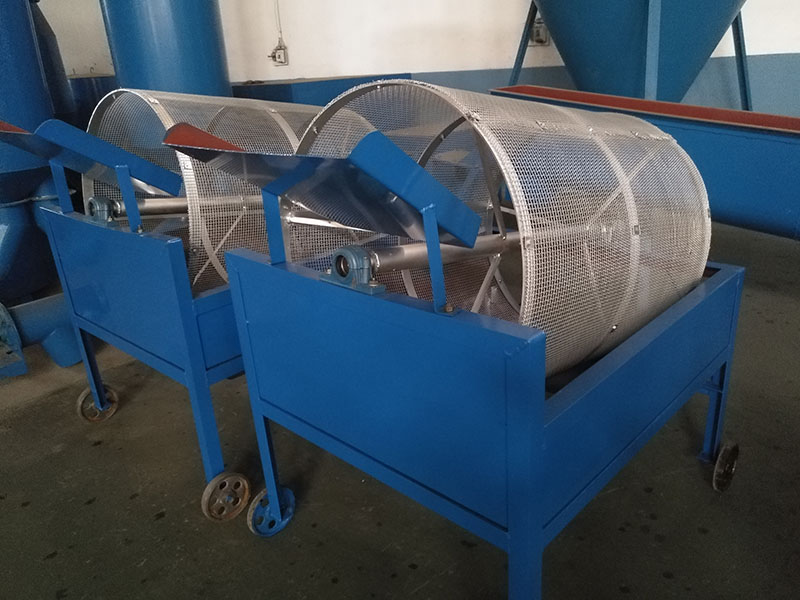Determination of Grinding fineness of Ball Mill by sieve Ana
2020-09-02 09:14Introduction:Determination of Grinding fineness of Ball Mill by sieve Analysis method In the grinding process, in order to achieve sufficient monomer separation of useful minerals in ore so as to create favorable conditions for the separation operation
In the grinding process, in order to achieve sufficient monomer separation of useful minerals in ore so as to create favorable conditions for the separation operation, the grinding fineness was determined after experimental study and expressed in the percentage of -200 mesh content.

There are many ways to check fineness. The current plant is generally in the classifier overflow sampling sieve analysis. In this paper, a rapid screening method is introduced: the pulp bottle of a certain volume (usually 1 liter, full of pulp samples) is used to weigh the pulp. When the weight of the pulp bottle is Q1, pour the pulp into the sieve soaked in the basin (with 200 mesh or 100 mesh standard sieve) for wet screening, spray with fine water flow until the washing water is clean, and then remove the product from the screen back to the bottle, Add water to the same mark as the original slurry. By reweighing, it is obtained that the weight of the product added to the screen and the water is Q, the weight of the known bottle is A(g), the volume of the bottle is B (ml), the grain yield of the product on the screen (+200 or +100 mesh) is:
X =[ (Q-A-B)÷(Q1-A-B)]×100%
It should be pointed out that this method assumes that the density of the products above and below the sieve is equal, and if their densities are quite different, the results of this method are approximate.In some plants we can take a class of a comprehensive fineness sample, drying in the processing room to shrink out 100 grams, and then wet sieve to measure the fineness.

